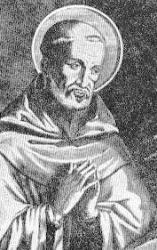Cáliz de Bendiciones #139
Display Title: Cabeza ensagrentada First Line: Cabeza ensagrentada Tune Title: PASSION CHORALE Author: Anónimo; George P. Simmonds Meter: 76.76 D Date: 1996 Subject: Año Cristiano | Semana Santa; Christian Year | Holy Week; Christian Year | Lent; Grace and Mercy | ; Gracia y Misericordia | ; Jesucristo | Sacrificio; Jesucristo Redentor | Cuaresma; Jesus Christ | ; Jesus Christ | Sacrifice; Salvación | ; Salvation | Source: Trad. estr. 4: Cántico Nuevo
Cáliz de Bendiciones #139


 My Starred Hymns
My Starred Hymns







